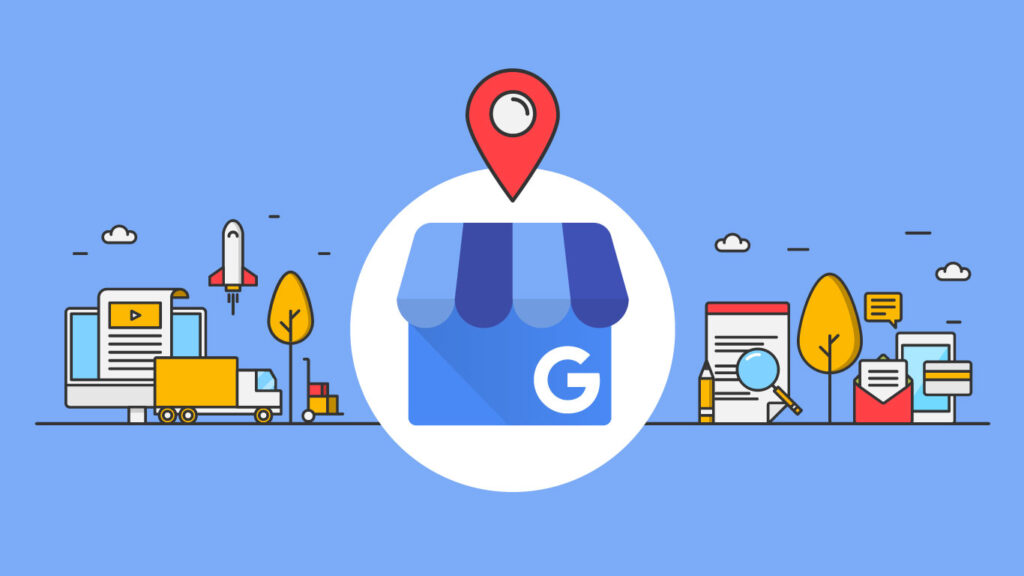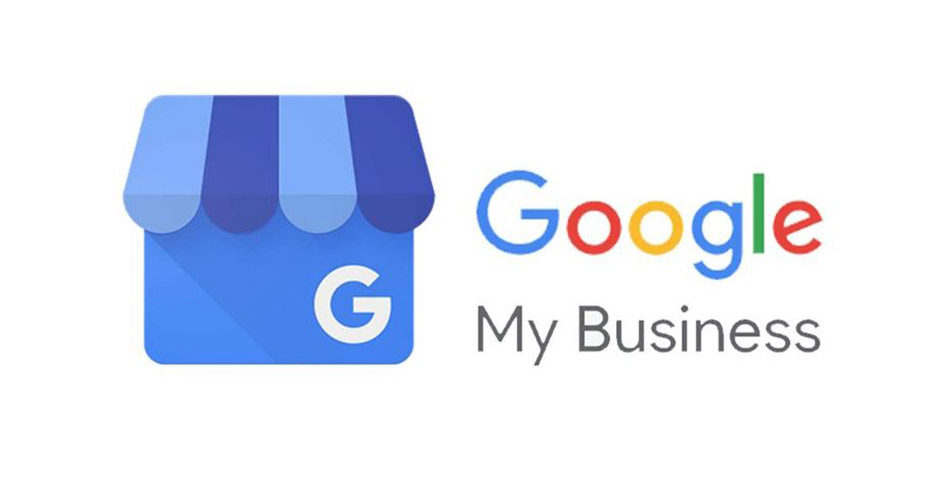
How to Fully Optimize Your Google Business Profile for Maximum Local Visibility

As a Digital Marketing manager who lives in the trenches of local SEO, here’s the playbook I use to turn a Google Business Profile (GBP) into a high-visibility, lead-generating asset. The goal: show up in the local Map Pack, earn trust fast, and convert that attention into calls, visits, and bookings—all without fluff.
Why Google Business Profile Still Wins Local
A complete, accurate, and regularly maintained GBP is one of the strongest levers for local rankings and conversions, impacting visibility in the Map Pack and driving actions like calls, direction requests, and website clicks. Reviews, proximity, category relevance, and overall prominence (backlinks, mentions, media) also contribute to performance, but GBP remains the foundation in 2025.
Step 1: Claim, Verify, and Lock Down Accuracy
- Claim and verify your profile in Google Business Profile Manager, then unlock full editing and visibility benefits.
- Fill out every field completely: business name (real-world name only), address or service area, phone, website, hours (including holiday hours), and a solid business description.
- Follow Google’s representation guidelines to avoid suspensions: no keyword stuffing in the business name, no virtual office addresses for SABs, and use a direct business phone number.
Step 2: Nail Your Categories and Attributes
- Choose the most accurate primary category (be specific—“Seafood restaurant” beats “Restaurant”) and add 2–3 relevant secondary categories; review quarterly as Google updates options.
- Add attributes that help customers filter you in search (e.g., wheelchair accessible, outdoor seating, veteran-owned), and list services/products to match niche queries.
Step 3: Get NAP Consistency Everywhere
- Keep Name, Address, Phone (NAP) formatting consistent across your website, GBP, and major directories; inconsistencies can hurt local rankings and even trigger profile issues.
- Audit and fix mismatches in top citations (Yelp, Apple Maps, Bing, local chambers, industry directories) to reinforce trust and prominence.
Step 4: Write a Conversion-Focused Description
- Use relevant, natural keywords that reflect how customers search (“emergency plumber in Sharjah,” “invisalign dentist in Fujairah”) without stuffing.
- Highlight your differentiators and include a clear call to action (Book online, Call now, Get a quote)
Step 5: Load High-Quality Photos and Short Videos
- Upload professional, current images of exterior, interior, team, products/services, and before/after where applicable; keep adding fresh media regularly.
- Ensure media reflects your actual business (avoid generic stock) and adheres to Google’s content and format rules.
Step 6: Activate Posts, Offers, and Booking
- Publish weekly Google Posts for updates, offers, events, FAQs, or seasonal highlights to keep the profile fresh and improve engagement signals.
- Turn on booking, quotes, or ordering integrations if available in your category—removing friction boosts conversions from the profile.
Step 7: Build a Review Engine (Ethically)
- Ask for reviews consistently using short links or QR codes, and reply to every review with specifics to signal care and activity.
- Never incentivize reviews or generate fake ones—Google actively detects manipulation and can suspend profiles.
- Mine reviews for keywords customers use, then reflect those terms in services, FAQs, and your website content for stronger relevance.
Step 8: Manage Q&A Before Customers Ask
- Seed the Q&A section with real FAQs and authoritative answers from the business account; monitor and respond to new questions promptly.
- Keep responses concise, friendly, and helpful—this doubles as pre-sale enablement for high-intent searchers.

Step 9: Connect On-Site SEO With Your GBP
- Align your website’s title tags, H1s, and on-page content with your GBP categories, services, and location terms (e.g., “AC repair in Dubai”) to strengthen relevance.
- Ensure fast, mobile-friendly pages and clear contact info to support conversions from GBP clicks.
Step 10: Track, Learn, and Iterate
- Use GBP Insights to monitor searches, views, actions (calls, website visits, directions), and popular times; use trend data to inform content and posting cadence.
- Watch Google’s ongoing updates (including AI Overviews behavior) and adjust your strategy for visibility where users now engage most.
Advanced Plays for 2025
- Service menus and product catalogs: Add detailed services with prices or ranges to capture intent-rich queries and improve conversions from the profile.
- Local landing pages: Create location/service pages with embedded maps, NAP schema, and matching GBP categories to support wider geo coverage.
- Local links and mentions: Seek backlinks and press from local organizations, events, and partners to boost prominence signals tied to your location.
- Voice and conversational queries: Write descriptions and posts in natural, question-led language (what/where/when) to align with voice search habits.
Compliance Checklist to Avoid Suspensions
- Business name matches real-world signage and branding—no added keywords or emojis.
- Address rules followed: storefront vs service-area business policies, no virtual offices or P.O. boxes.
- Review and media policies respected: authentic customers, appropriate content, supported formats.
What Good Looks Like: A Repeatable Workflow
- Monthly: Update photos, publish 2–4 posts, reply to reviews, check Insights, and validate hours/attributes.
- Quarterly: Audit categories, services, attributes, and top directories for NAP/URL consistency; refresh description if services shift.
- Ongoing: Encourage reviews, answer Q&A, and align on-site content with local keywords and GBP services
Winning local in 2025 means treating your Google Business Profile like a living storefront: fully completed, policy-compliant, media-rich, review-forward, and tightly integrated with your website and real-world operations. Maintain it weekly, measure monthly, and iterate quarterly—and the Map Pack will follow.